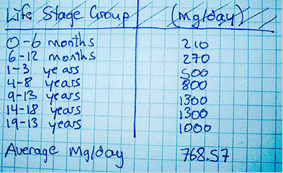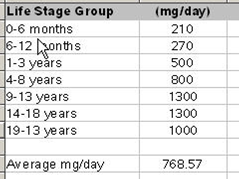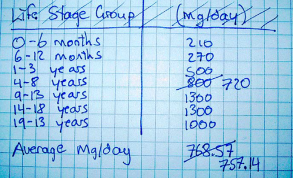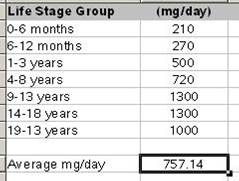
CATEGORIES:
BiologyChemistryConstructionCultureEcologyEconomyElectronicsFinanceGeographyHistoryInformaticsLawMathematicsMechanicsMedicineOtherPedagogyPhilosophyPhysicsPolicyPsychologySociologySportTourism
Spreadsheet in MS EXCEL
- What you need to know:
–Creating new spreadsheets
–Resizing your rows & columns
–Inserting, deleting, and hiding rows & columns
–Making calculations & using cell-references
–Copy/paste your work into other applications
- How to recognize an Excel file?
–The file names ends in «.xls»
Why a Spreadsheet?
- A spreadsheet is the computer equivalent of a paper ledger sheet. It consists of a grid made from columns and rows. It is an environment that can make number manipulation easy.


- If you change the mg/day amount, you will have to start the math all over again. On the computer version you can change the values and the result is automatically re-calculated.
- Let the COMPUTER do the calculations


Basics of a Spreadsheet
· Spreadsheets are made up of
–columns
–rows
–and their intersections are called cells
· In each cell there may be the following types of data
–text (labels)
–number data (constants)
–formulas (mathematical equations that do all the work)
Types of Data you will type
Three basic types of data that can be entered:
· labels -(text with no numerical value)
e.g., “Life Stage Group”, or “0-6 months”
· constants -(just a number --constant value)
e.g., “210”, or “270”
· formulas* -(a mathematical equation used to calculate)
e.g., “=10+100”, or “=123*12+78.2
Basic Math
Spreadsheets have many Math functions built into them. Of the most basic operations are the standard multiply, divide, add and subtract. These operations follow the order of operations (just like algebra).
Examples

| A1 (column A, row 1) = 5 A2 (column A, row 2) = 7 A3 (column A, row 3) = 8 B1 (column B, row 1) = 3 B2 (column B, row 2) = 4 B3 (column B, row 3) = 6 |
| Operation | Symbol | Constants | References | Result |
| Multiplication | * | =5 * 6 | = A1* B3 | |
| Division | / | = 8 / 4 | = A3 / B2 | |
| Addition | + | = 4 + 7 | = B2 + A2 | |
| Subtraction | - | = 8 –3 | = A3 -B1 |
Selecting Cells
Date: 2015-12-17; view: 1124
| <== previous page | | | next page ==> |
| Preview Document in Folder | | | Learn to REFERENCE your data from other parts of the spreadsheet. |